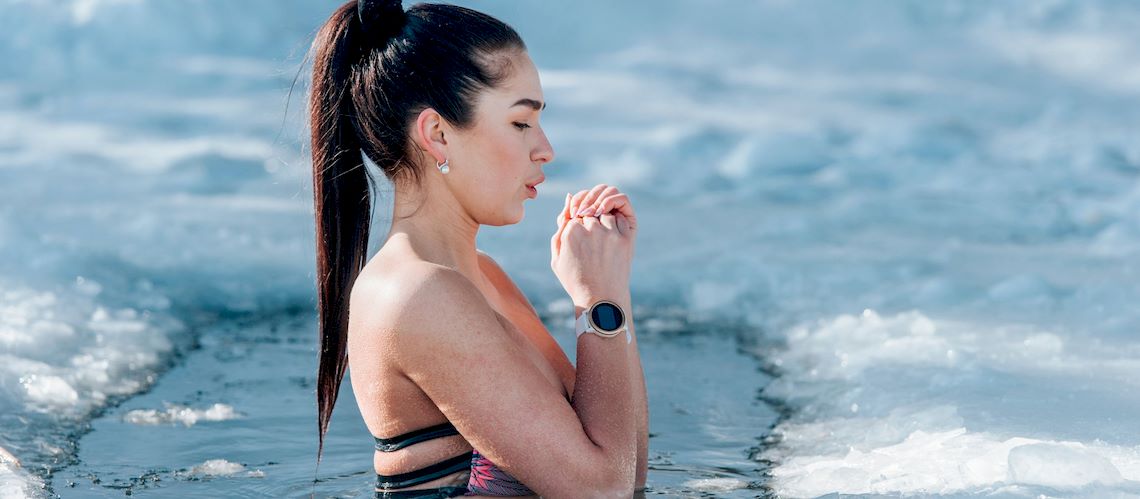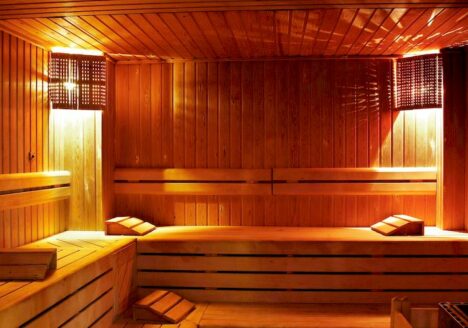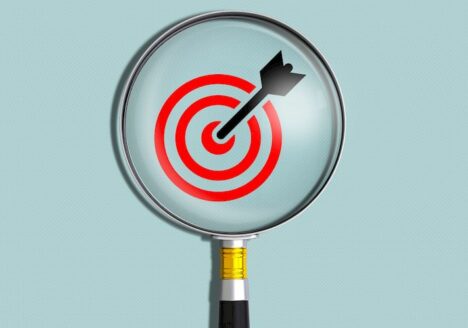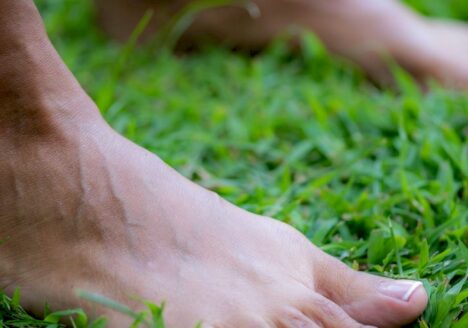Cold therapy, or cryotherapy, is a therapeutic modality that uses cold temperatures to treat various physical and mental health conditions. Within the Excellence Nexus framework, cold therapy can be a powerful tool to help individuals achieve peak performance across multiple domains: Physical Peak, Mental Peak, Emotional Peak, Spiritual Peak, Prosperity Peak, and Impact Peak. This article explores how cold therapy can be integrated into your routine to support these aspects of the Excellence Nexus, with each statement backed by scientific evidence.
Application in Excellence Nexus
- Physical Peak
Cold therapy is highly effective in achieving physical excellence by reducing muscle soreness, decreasing inflammation, and accelerating recovery from intense physical exertion. Studies have shown that cold water immersion can significantly reduce delayed onset muscle soreness (DOMS) and inflammation after exercise, aiding in faster recovery and enabling athletes to maintain high levels of performance (Bleakley et al., 2012). Additionally, cold exposure activates brown adipose tissue (BAT), which increases energy expenditure and supports weight management, further contributing to physical peak performance (van der Lans et al., 2013). - Mental Peak
To reach a mental peak, cognitive clarity and resilience are essential. Cold therapy can enhance cognitive function by reducing stress, improving mood, and increasing mental clarity. The endorphin release and reduction in cortisol levels associated with cold exposure have been linked to improved mood and enhanced cognitive performance, which are critical for maintaining focus and mental sharpness (Rymaszewska et al., 2008). - Emotional Peak
Emotional stability and resilience are crucial for peak performance across all domains. Cold therapy can help achieve emotional equilibrium by lowering cortisol levels and reducing symptoms of anxiety and depression. Regular exposure to cold has been shown to promote emotional well-being by balancing the body’s stress response, making it easier to cope with challenges and maintain emotional balance (Algafly & George, 2007; Rymaszewska et al., 2008). - Spiritual Peak
Cold therapy can also contribute to spiritual excellence by fostering mindfulness and a deeper connection with oneself. The physical and mental discipline required to endure cold exposure can serve as a form of meditation, promoting a sense of inner peace and spiritual growth. Practices like cold water immersion or whole-body cryotherapy encourage mindfulness, helping individuals focus on the present moment and cultivate spiritual resilience. - Prosperity Peak
Achieving prosperity often requires sustained energy, focus, and resilience. Cold therapy supports these qualities by enhancing physical vitality, improving sleep quality, and boosting overall energy levels. The metabolic boost from brown fat activation also aids in weight management, contributing to a healthy body that supports professional success and prosperity (van der Lans et al., 2013). - Impact Peak
To maximize your impact on others, you need to be in peak physical, mental, and emotional condition. Cold therapy helps achieve this by promoting overall well-being, reducing stress, and enhancing resilience. This enables individuals to lead effectively, inspire others, and make a significant impact in their personal and professional lives.
Benefits within Excellence Nexus:
- Enhanced physical recovery and reduced muscle soreness
- Improved mental clarity, focus, and resilience
- Balanced emotional state and reduced stress
- Increased metabolic rate and energy expenditure
- Strengthened spiritual mindfulness and inner peace
- Support for sustained prosperity and professional success
- Enhanced ability to lead and make a positive impact
How to Integrate Cold Therapy in Excellence Nexus
- Identify Your Goals
Determine which aspects of the Excellence Nexus—Physical, Mental, Emotional, Spiritual, Prosperity, or Impact—are most aligned with your current goals. This will guide your choice of cold therapy methods and how you incorporate them into your routine. - Select the Appropriate Method
Choose a cold therapy method that aligns with your specific needs. For example, cold water immersion may be ideal for physical recovery, while whole-body cryotherapy might be more suited for overall mental and emotional well-being. - Establish a Regular Routine
Incorporate cold therapy regularly to maintain its benefits. Consistency, such as daily or weekly sessions, will help sustain the positive effects on your physical, mental, and emotional health. - Combine with Other Peak Practices
Maximize the benefits of cold therapy by integrating it with other practices such as physical exercise, meditation, and proper nutrition. This holistic approach will enhance your performance across all aspects of the Excellence Nexus. - Evaluate and Adjust
Monitor your progress and how your body and mind respond to cold therapy. Adjust the frequency, duration, and methods as needed to ensure continued alignment with your evolving goals within the Excellence Nexus framework.
Conclusion
Cold therapy is a versatile and scientifically supported practice that can significantly enhance your ability to achieve peak performance across the domains of the Excellence Nexus framework. By incorporating cold therapy into your routine, you can optimize physical recovery, sharpen cognitive abilities, balance emotional health, and foster spiritual resilience. Consistent practice will help you reach and sustain excellence in all areas of your life.
References
- Algafly, A. A., & George, K. P. (2007). The effect of cryotherapy on nerve conduction velocity, pain threshold and pain tolerance. British Journal of Sports Medicine, 41(6), 365-369.
- Bleakley, C. M., Costello, J. T., Glasgow, P. D. (2012). The use of ice in the treatment of acute soft-tissue injury: a systematic review of randomized controlled trials. American Journal of Sports Medicine, 40(7), 2000-2012.
- MacAuley, D. (2001). Ice therapy: How good is the evidence? International Journal of Sports Medicine, 22(5), 379-384.
- Rymaszewska, J., Ramsey, D., & Chładzińska-Kiejna, S. (2008). Whole-body cryotherapy as adjunct treatment of depressive and anxiety disorders. Archives of Psychiatry and Psychotherapy, 10(2), 49-57.
- van der Lans, A. A., Hoeks, J., Brans, B., Vijgen, G. H., Visser, M. G., Vosselman, M. J., … & van Marken Lichtenbelt, W. D. (2013). Cold acclimation recruits human brown fat and increases nonshivering thermogenesis. Journal of Clinical Investigation, 123(8), 3395-3403.




